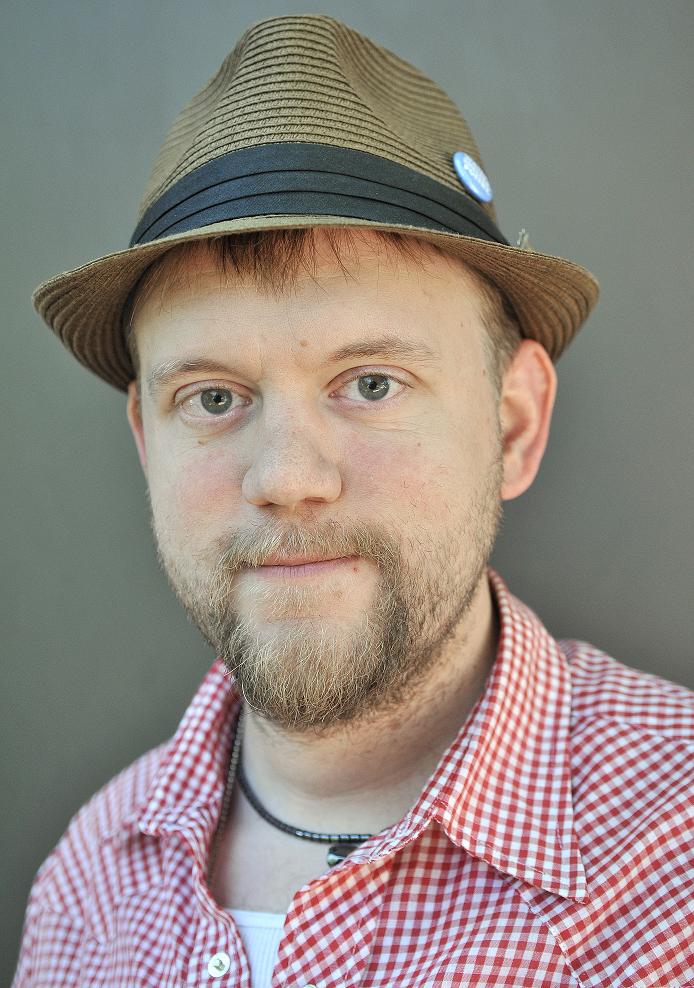Tuesday, Sept. 17, is Constitution Day.
After 11 years under the Articles of Confederation, which saw several states argue and two almost go to war, representatives met to discuss a new union. On Sept. 17, 1787, the Constitutional Convention signed the document which has guided our nation ever since.
This weekend, I attended a lecture on the Constitution by Peter Sagal. While best known as the longtime host of National Public Radio’s game show “Wait Wait … Don’t Tell Me!,” in 2006, he traveled the country on a custom Harley-Davidson followed by a film crew for the PBS documentary “Constitution USA with Peter Sagal.” On the trip, he asked Americans across 26 states their opinions on the Constitution and how it affected their daily lives.
From tea party rallies to immigrant naturalization ceremonies, from gay rights activists to gun rights advocates, Americans all “believed” in the Constitution. Even so, most had difficulty discussing what the Constitution actually said. But each had their own opinion on what the Constitution or its parts meant to them.
So why does the U.S. Constitution work — mostly — while other constitutions in other countries have failed? The Constitution of the Soviet Union enumerated the rights of the people to speak freely and elect representatives. The Constitution of North Korea does the same and yet is one of the world’s most repressive nations. Other countries have constitutions routinely cast aside after elections, leading to coups, civil wars and revolutions.
Whatever our beliefs on divinity, or lack thereof, Sagal said we Americans believe in a “civic religion.” Our “holy text” is the Constitution. We, the people, give it power because we collectively believe in it. It’s why one leader peacefully transitions the reins of power to his or her opponent after an election. It’s why we pay or contest speeding tickets, or argue over the meaning of mere sentences, sometimes even just a few words, to prove we or others have the right to vote, attend integrated schools or marry whom we love.
One example of the Constitution’s power came in 1973. The U.S. Supreme Court interpreted the Constitution to mean that President Richard Nixon had to surrender the Watergate tapes.
The Supreme Court has no army under its command, nor does Congress, but Nixon did.
He could have said, “come and take them.” He could have told Congress, “I have an army. Try and remove me from power.” Yet he surrendered the tapes peacefully and, weeks later, resigned from the most powerful job on earth.
The Constitution — the parchment and ink — has no power. It does nothing on its own but fade, Sagal said. Yet we, the people, believe in it. We, the people, give power to an idea — all 316 million different interpretations of it.
Christopher Fox Graham
Managing Editor



